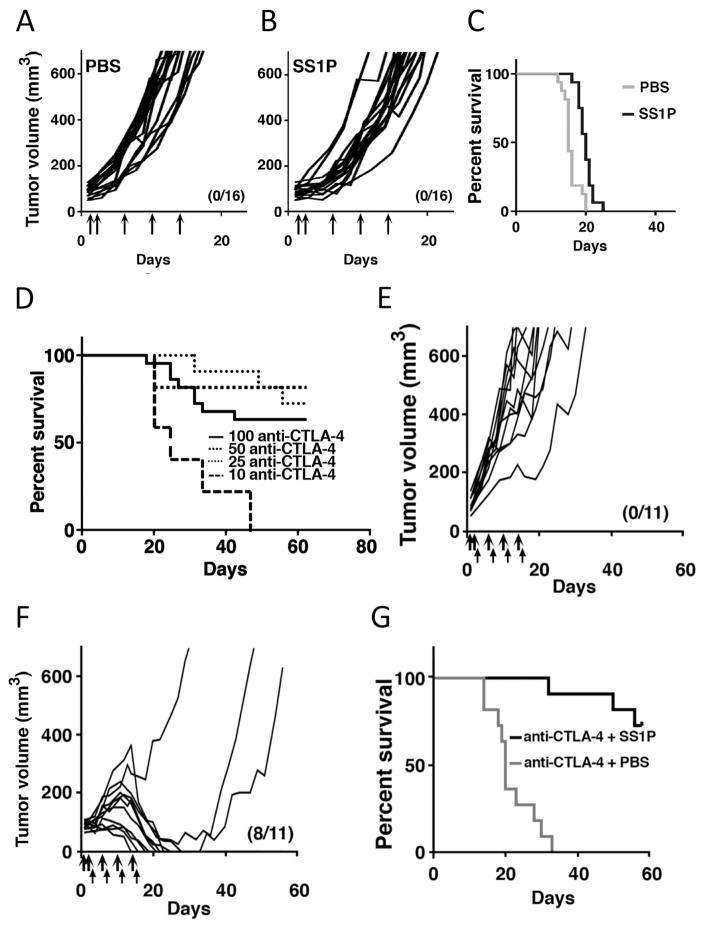Figure 2. SS1P and anti-CTLA-4 effect on tumor growth in mice.
(A–B) Individual tumor growth curves of 66C14-M tumors after treatment with intratumoral PBS (n=16) (A) or 5 μg/dose SS1P (n=16) (B). Arrows mark the days of injection. A–B contains data from three experiments. (C) Long-term survival of mice described in (A–B); P < 0.0001 (D) Mice bearing 66C14-M tumors were treated with SS1P (5 μg/dose) and 10–100 μg/doses of anti-CTLA-4, according to our standard regimen. No difference in response rate was noted among groups treated at a 25 (n=11), 50 (n=6) or 100 (n=16) μg dose level. Treatment with a 10 μg dose of anti-CTLA-4 (n=6) and SS1P yielded a significantly lower survival rate than treating with 25 μg anti-CTLA-4 (P < 0.01). D containes data from four experiments. (E) Individual growth curves of 66C14-M tumors treated with PBS (thick arrows) and anti-CTLA-4 (thin arrows) or (F) 5 μg SS1P (thick arrows) and anti-CTLA-4 (thin arrows). E-F data was pooled from two experiments. (G) Long-term survival of mice treated with PBS and anti-CTLA-4 (25 μg) or SS1P (5 μg) and anti-CTLA-4 (25 μg) (P < 0.0001) as described in (D–F). The number of mice in complete remission and total mice per group are shown in parentheses.

